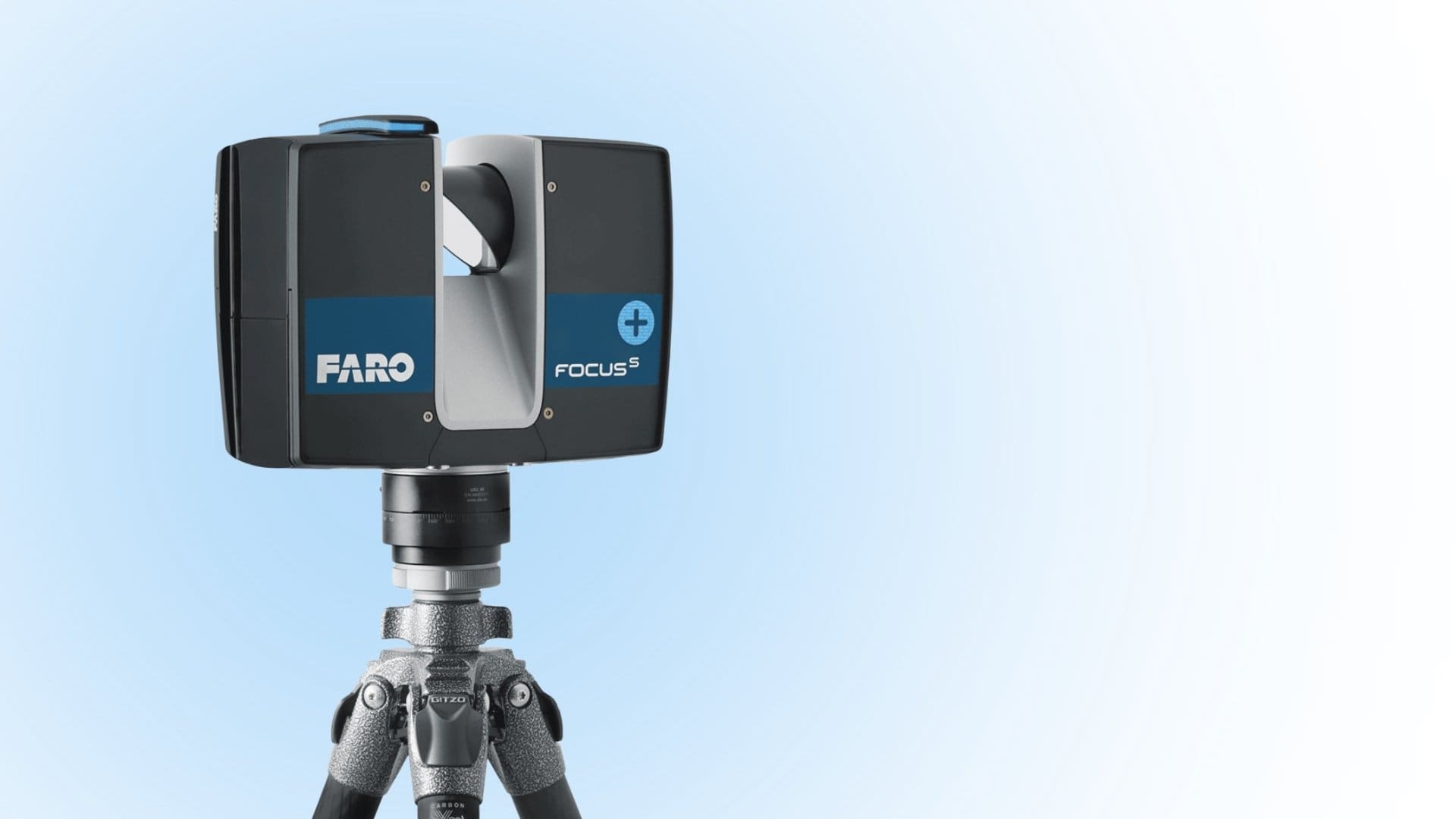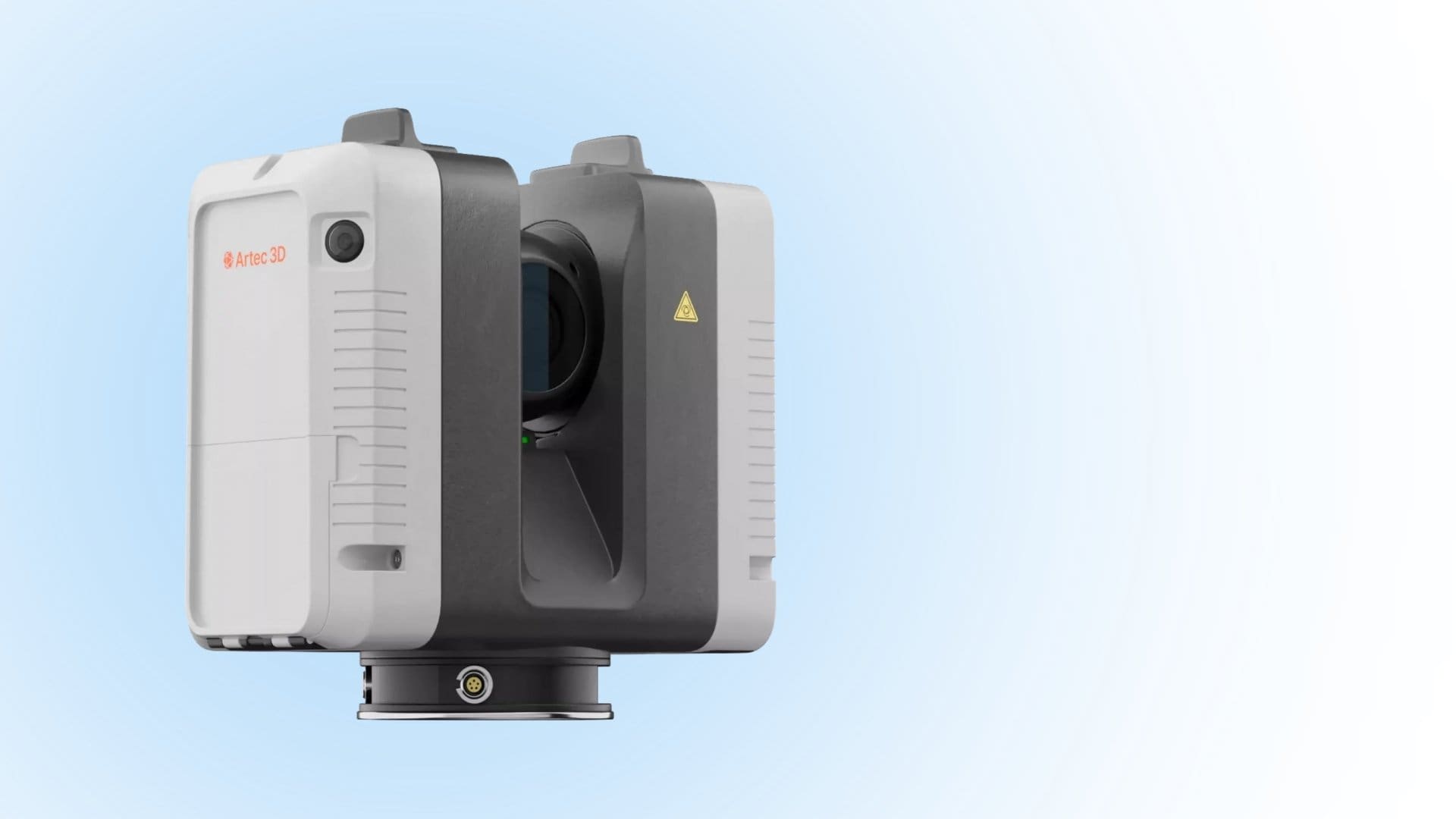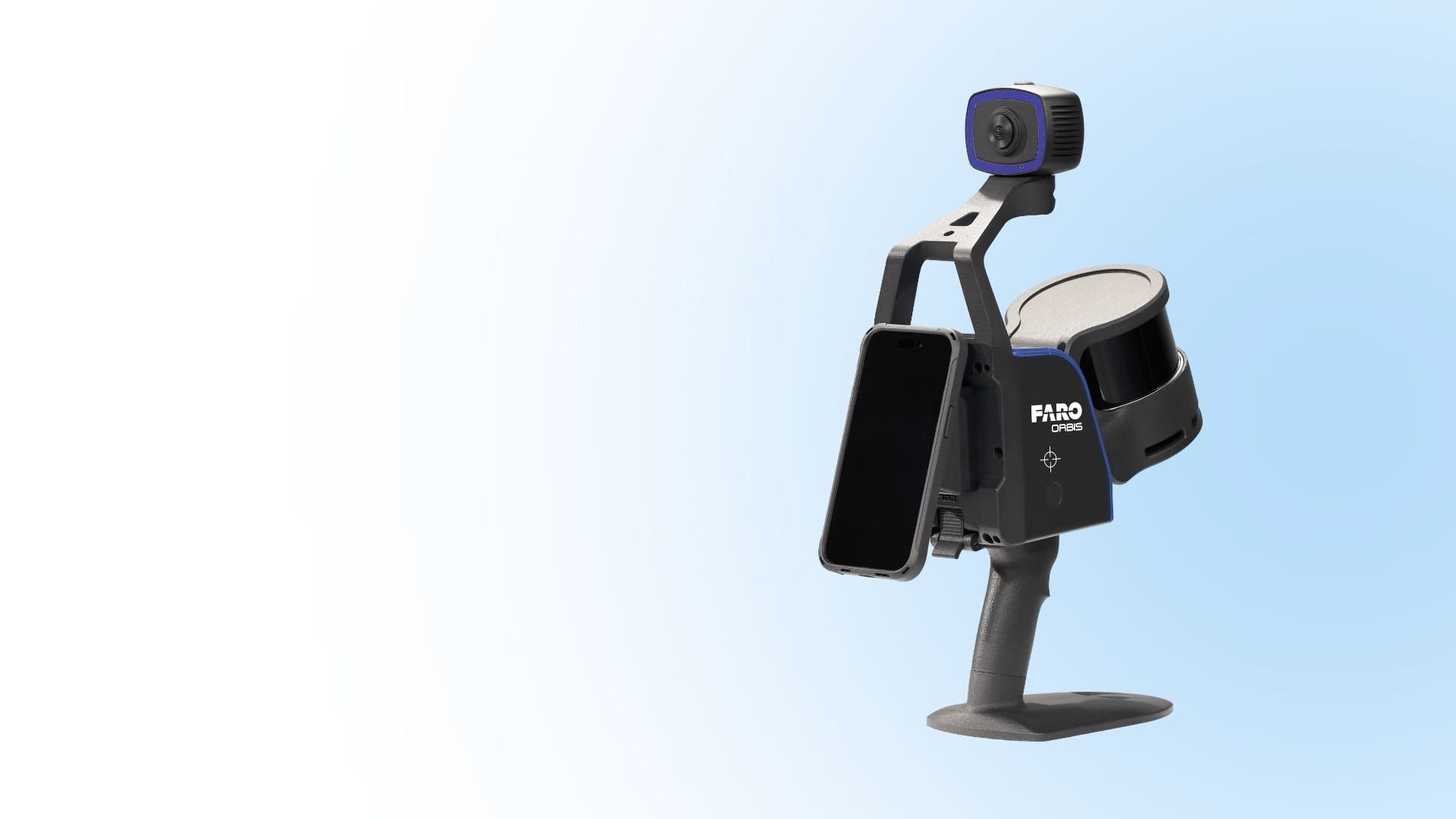
Long-Distance 3D Scanning for Infrastructure
Huge infrastructure projects present unique challenges that can only be addressed with advanced solutions like long-range 3D scanners. Whether it’s
Integrating a professional desktop 3D scanner into your system offers numerous benefits, including improved scan quality, enhanced precision, expedited prototyping, and increased productivity. Suitable for scanning smaller objects, a desktop 3D scanner firmly sits on a desk and features an automated turntable that enables it to rotate freely and capture an object from different sides.
Understanding how industries benefit from desktop 3D scanners can help you make an informed decision on how to make use of this technology to streamline your workflows and the type of desktop 3D scanner to invest in.
By scanning from a static position, a desktop 3D scanner eliminates errors likely to occur when using a handheld 3D scanner. Moving the scanner manually around the object increases the risk of missing some key data points and capturing inaccurate dimensions, resulting in defective 3D models.
The automated turntable is meant to reduce human errors and give you full details of the object by capturing it from all angles based on your calibrations. So, start by understanding the various 3D scanning technologies available, how they can affect accuracy, and how to do proper calibration for the best results.
Unlike handheld 3D scanners that rely on your support to capture objects from all angles, desktop 3D scanners are relatively less tedious, wasteful, and time-consuming. Their improved precision eliminates the need to make modifications after scanning, saving you time and other resources.
The automated turntable saves you the trouble of manually moving the scanner around, leaving you with enough time to focus on the quality of your scans. The accelerated data-capturing process leads to the prompt generation of realistic 3D models, expediting your project timelines.
This scanner reduces the number of design iterations needed, allowing you to cut down on your project spending. This is particularly important when incorporating a desktop 3D scanner into a costly production project like automotive engineering or manufacturing.
By minimizing inaccuracies caused by handheld 3D scanners, desktop 3D scanners accelerate product development processes right from conceptualization to production. They reduce the cycle of prototype design and iteration, leading to faster completion of projects.
They cut down on costly errors, leaving you with sufficient time to focus on creativity and other critical elements of product development. Integrating this scanner with your existing scanning and printing systems further optimizes prototyping capabilities and accelerates production processes.
Just like other types of 3D scanners, desktop 3D scanners have multiple applications and are suitable for various industries and professions, including manufacturing, architecture, automotive, aerospace, archaeology, healthcare, and entertainment.
Their compact and stationary design makes them the ideal choice for projects that require high precision, like producing medical implants and expensive jewelry. This also comes in handy when generating digital replicas of rare historical artifacts for heritage preservation. Their compact design also makes their integration with other systems in different environments seamless.
You don’t have to reorganize the entire studio or laboratory when installing a desktop 3D scanner. You just need to learn how to enhance desktop 3D scanner performance by creating the right ambience in the space where you intend to perform your scanning tasks and integrating the scanner with the right systems for reliability and improved output.
The quality of the final product depends on the quality of the 3D models you generate. Therefore, the first step is choosing a 3D scanner with high precision. With a desktop 3D scanner, you can accurately capture even the smallest details of an object.
This scanner is the first choice for professionals and enterprises that constantly handle projects involving scanning objects with various intricate elements. It captures ultra-precise data, allowing them to create realistic 3D models.
Producing models that bring out the actual elements of a physical object improves the overall quality of the final product and eliminates the need for tedious modifications. This is particularly important in precision-sensitive industries like architecture, automotive, engineering, healthcare, and manufacturing.
Whether you’re a business owner or a professional looking for ways to streamline your workflows, a desktop 3D scanner can be a vital investment. It’ll improve the accuracy of your scans, accelerate your product development processes, reduce the overall cost of your project, and improve the quality of the final product.
3D Scanning & Metrology News, Press, Insights, Trends, Case Studies, and more.

Huge infrastructure projects present unique challenges that can only be addressed with advanced solutions like long-range 3D scanners. Whether it’s

Different long-range scanner brands offer varying features and capabilities; hence the need to understand the most crucial aspects of long-range

The key difference between long-range and short-range scanners is the maximum distance at which they can capture data. Ordinarily, long-range

The key elements to consider in long-range 3D scanners include accuracy, scan speed, resolution, scanning mechanism, and ease of use.